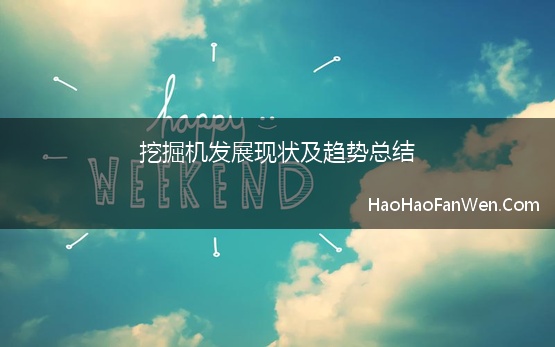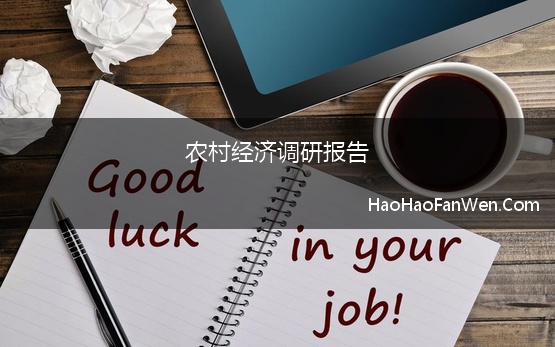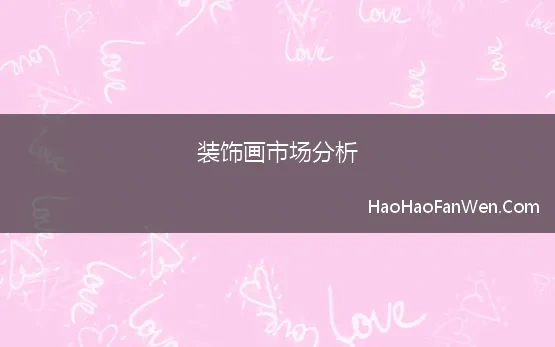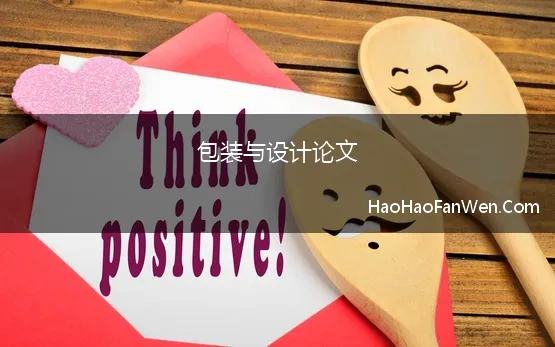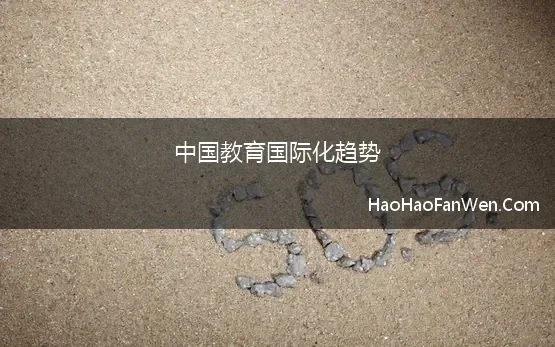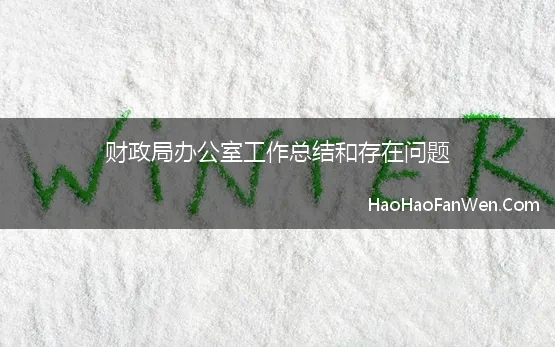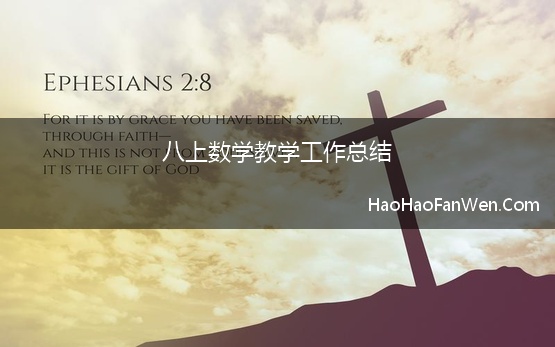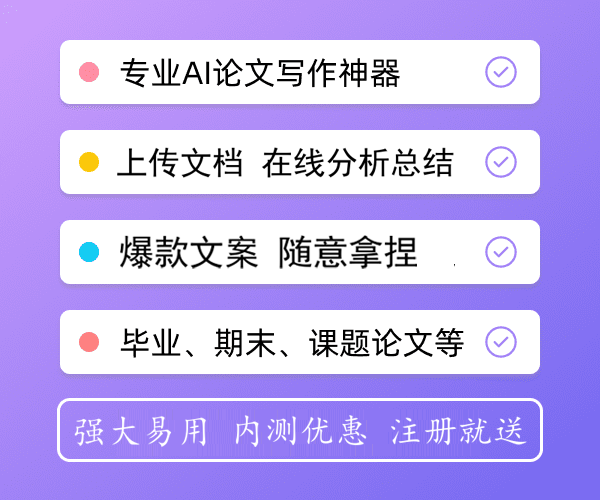农业节水发展趋势(大田农业节水物联网技术应用现状与发展趋势)
下面是好好范文网小编收集整理的农业节水发展趋势(大田农业节水物联网技术应用现状与发展趋势),仅供参考,欢迎大家阅读!
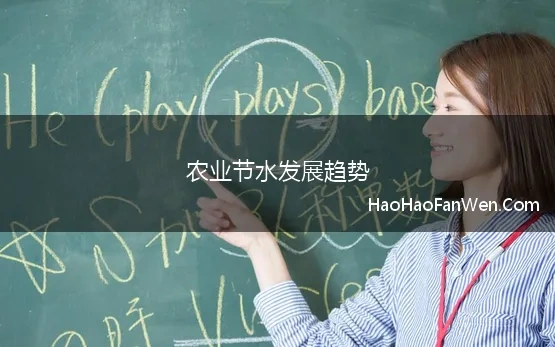
摘要:物联网技术与农业领域应用的结合是推动传统农业向现代农业转型升级的重要驱动力,农业节水是中国农业发展长期关注的重点。以物联网技术感知层、传输层、应用层架构为主线,针对大田主要粮食作物水分需求,总结物联网技术在大田农业节水关键环节中的应用发展现状以及存在的局限性,并在大数据、云计算等现代信息技术发展基础上,结合新时期互联网+战略,对物联网技术快速发展态势下农业节水技术、服务、模式的未来发展趋势进行探讨,提出技术向服务转变、决策向预测转变、微观向宏观转变的发展思路。
Abstract:Abstract: Agricultural water saving is a main concern in long-term development in China. The combination of Internet of Things (IOT) technology and its applications of agriculture is an important driving force to promote the upgrading and transformation of traditional agriculture to modern agriculture. Focusing on the water need of open field plant (mainly refers to food crop), this paper summarized the development status and limitations when IOT technology was used in the key link of water saving applications. Three layers of IOT technology, including perception, transportation and application were discussed. Crop water need information perception layer was with a great importance in view of its fundamental role. This layer had 3 sections, small-scale soil moisture and crop water stress monitoring technology, medium-scale crop evapotranspiration quantification and estimation, and large-scale remote sensing including estimation of soil moisture, inversion and prediction for evapotranspiration were analyzed in detail. For the small-scale, different soil moisture detection methods were compared, including oven-dried method, neutron method, near-infrared reflectance method, tensiometer method and dielectric method. Typical equipments and sensors produced for the methods by different companies were also listed. In terms of crop water stress monitoring technology, 2 categories method such as tissue water status method and stomatal conductance method were listed and compared. The change from direct soil moisture monitoring to indirect crop water stress monitoring was presented as an new trend. For the medium-scale, 9 specific methods belonged to the 2 classification: measurement method and estimation method. In the aspect of large-scale, remote sensing was considered to be effective and economically feasible. Through spectrum detection method, a boarder range of crop evapotranspiration could be estimated and predicted, and it promoted the development of agriculture water saving from micro to macro. In the information transportation layer, environmental adaptability, communication reliability, cost and power consumption of the terminal equipment which was used in open filed scene were discussed. Meanwhile, the common wireless communication technologies were compared in terms of frequency, communication distance, data rate, security, etc. In the application layer, the advanced soil moisture monitoring and irrigation decision support system application status in China and abroad were analyzed, and the importance of public information service was pointed out. Based on the different characteristics of the 3 layer structure and Chinese agricultural develop strategy, the developing trend of water saving techniques, software service, association relationship, industrialization development mode for agriculture, and application pattern were also discussed under the changed background of fast development of new technologies of Big Data, Cloud Computing and Internet Plus technologies, etc. The roles and status of hardware used in application would change to software and its supporting service. It could help users to cut the cost investment. The revolution from causality to association promoted by the combination of Big Data and connection would be in favor of reasonable planning and effective utilization of water resource. Land reform policy in China would be an important driver for the changof traditional agriculture, and would make good use of agronomic technology, machinery technology, information technology and automation technology. Besides, suggestion was also made to technology supply based on actual demand, and the harmonious development of public service and customized service. In conclusion, 3 new strategies were proposed, including change from technology to service, from determination to prediction and from micro to macro.



